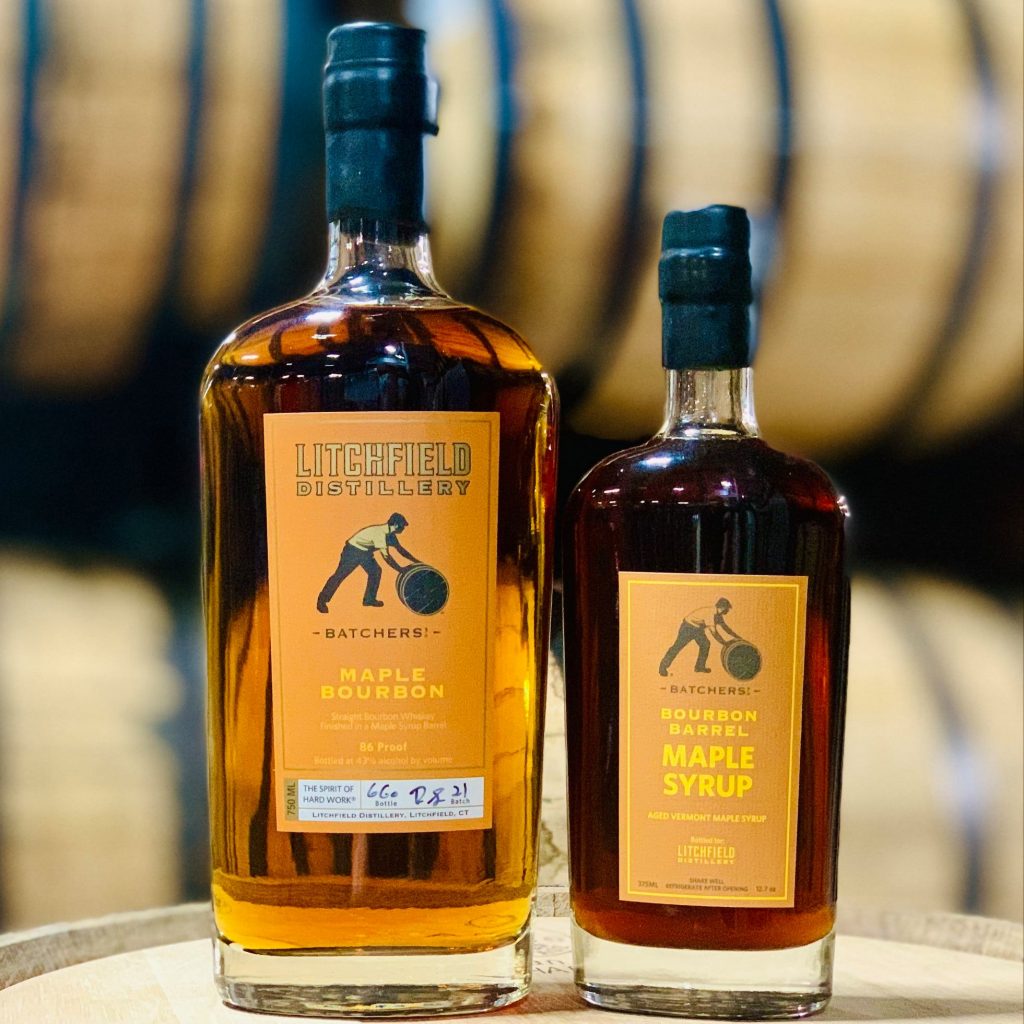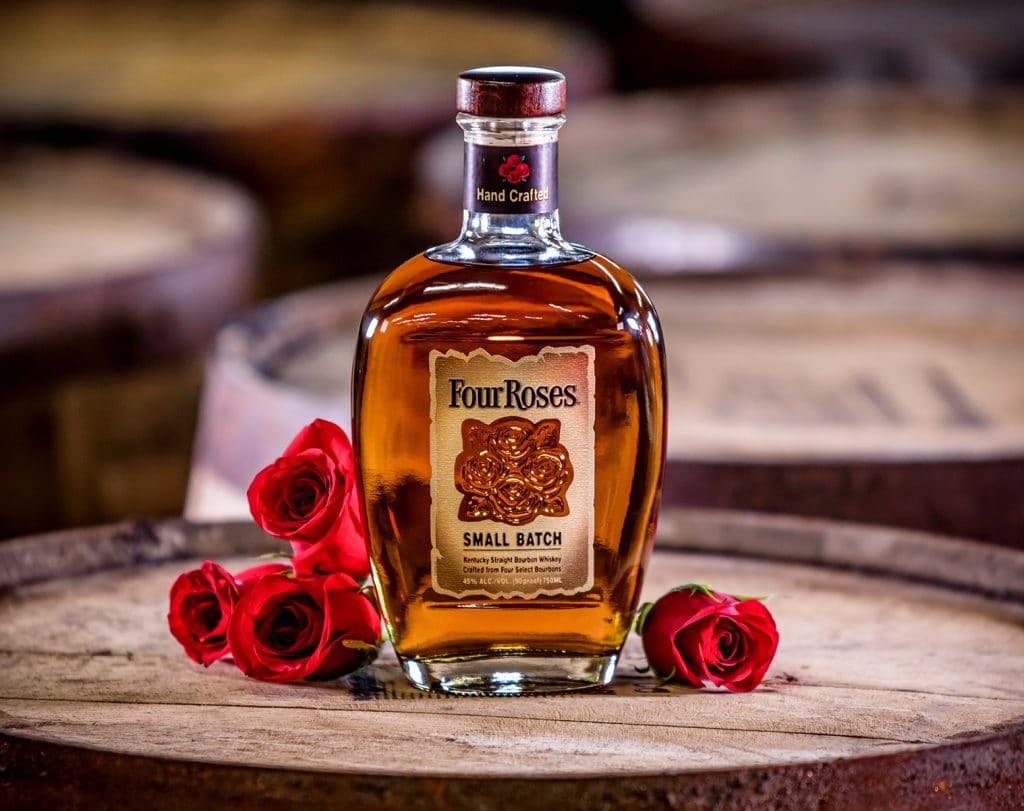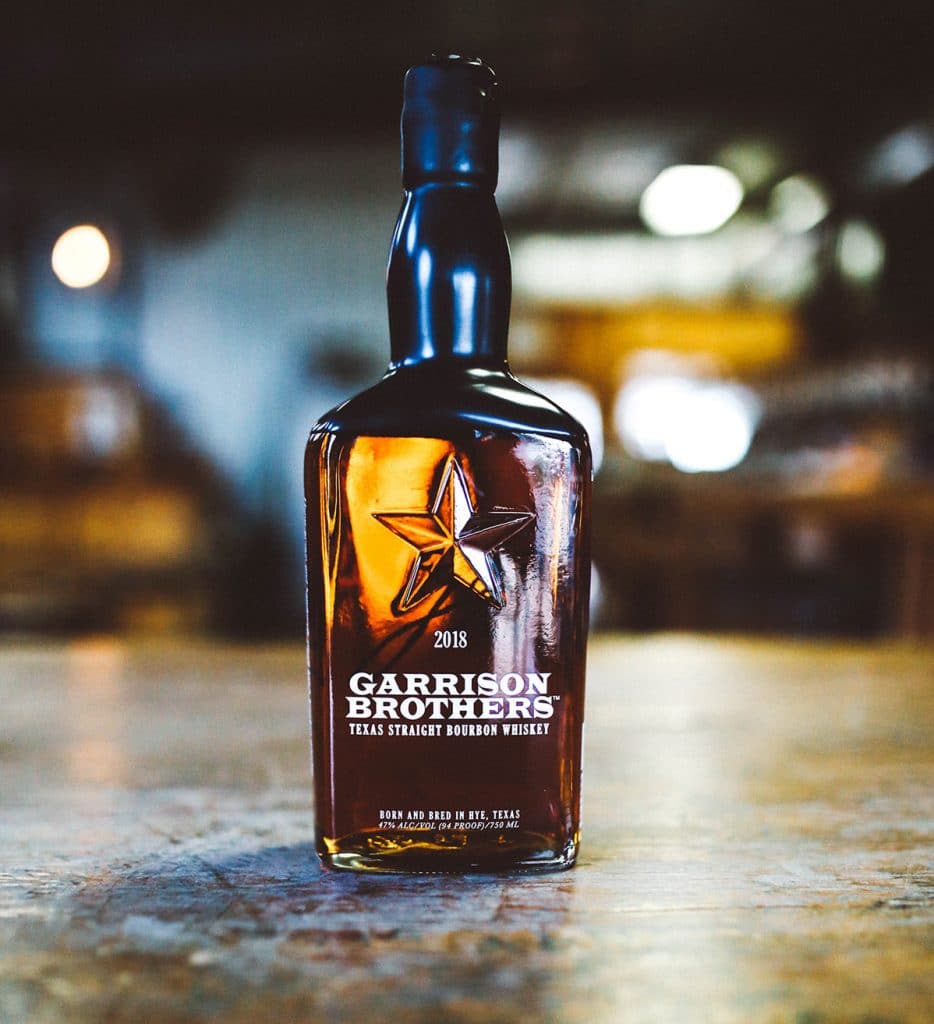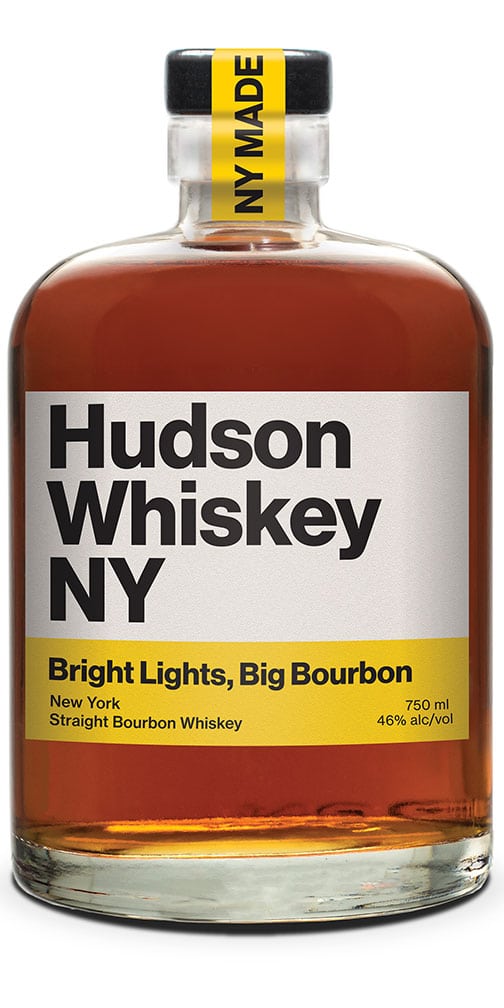By Amanda Duff
For decades, many have thought of bourbon as the true American spirit. In fact, American whiskey has held an important economic, cultural, and social function in the history of the United States, dating back 400 years when English colonist George Thorpe distilled the first batch of corn whiskey in Virginia. Founding Father George Washington continued the tradition of distilling in Virginia and ran the largest whiskey distillery in the early years of the nation.
Although America’s distilling heritage predates the start of the nation, bourbon was first recognized as a distinctive product in the United States by an act of Congress in 1964. While it’s a myth that bourbon must be produced in Kentucky, a misconception Litchfield Distillery co-founder Peter Baker hears time and time again, federal law does depict a few requirements: It must be made in the United States from a mash of at least 51 percent corn, aged in new charred oak barrels, and bottled at no less than 80 proof.
Bourbon may be seen to some as the less sophisticated cousin to Scotch, but it’s clear the bourbon boom is here to stay. According to the Distilled Spirits Council of the United States, in 2019, more than 26 million 9-liter cases of American whiskey were sold in the U.S., generating nearly $4 billion in revenue for distillers.
So how do bourbons differ? “As long as the mash bill—the grains used to make the mash—includes at least 51 percent corn, there is room for mixing and fermenting different grains,” said Baker. “Litchfield Distillery uses 70 percent corn, 25 percent rye, and 5 percent malt in our mash bill. We believe Connecticut’s mineral-rich terroir produces luscious, sweet corn, which contributes to making our bourbons truly unique,” he added. Another way to impact the bourbon’s flavor is via the new oak barrels. “The inside of the barrels are charred at various levels, which contributes to the amount of caramelized sugars present as the bourbon ages. Litchfield Distillery uses No. 4 charred barrels, which is a high level of char,” said Baker.
With the multitude of expressions, special batches, and bottles available today, choosing the perfect bourbon can be challenging. According to Baker, it’s about personal preference. “Some prefer lower proof offerings because they can be a little smoother and not have as much heat from the alcohol, while others swear by ‘cask strength’ because it hasn’t been proofed down with water, and thus is a true expression of bourbon straight from the barrel.” Like many things, Baker suggested trying a few different types until you find the bourbon that’s just right.
Here are four we suggest:

Litchfield Distillery Maple Bourbon (Connecticut): A Sandy Hook–based sugar-maker ages their craft maple syrup in Litchfield Distillery’s retired bourbon barrels. After the syrup is produced, the barrels return to the distillery where they are promptly refilled with their Straight Bourbon Whiskey. The result is a smooth bourbon, bottled at 86 proof, that highlights the maple’s sweet and complex character. (Talk about full circle!)

Four Roses Small Batch Select (Kentucky): A blend of six bourbons each aged for at least six years, this potent 104-proof sip will warm you up from the inside out with toasty notes of caramelized sugar, pepper, dried fruits, and chocolate.

Garrison Brothers Texas Straight Small Batch (Texas): This 94-proof bourbon is produced in the first and oldest legal whiskey distillery in Texas. Every barrel that’s married together to create the Small Batch is at least three years old. As the distillery says, “It’s everything rich and good about bourbon, without the bite.”

Hudson Whiskey Bright Lights Big Bourbon (New York): This 100 percent New York–grown corn bourbon holds the distinction of being the first (legal) whiskey produced in the state since Prohibition and the first bourbon made in New York ever. Aged for less than four years, it carries a less tannic flavor than some long-aged bourbons and shows off the warm, nutty sweetness of its pure corn mash.